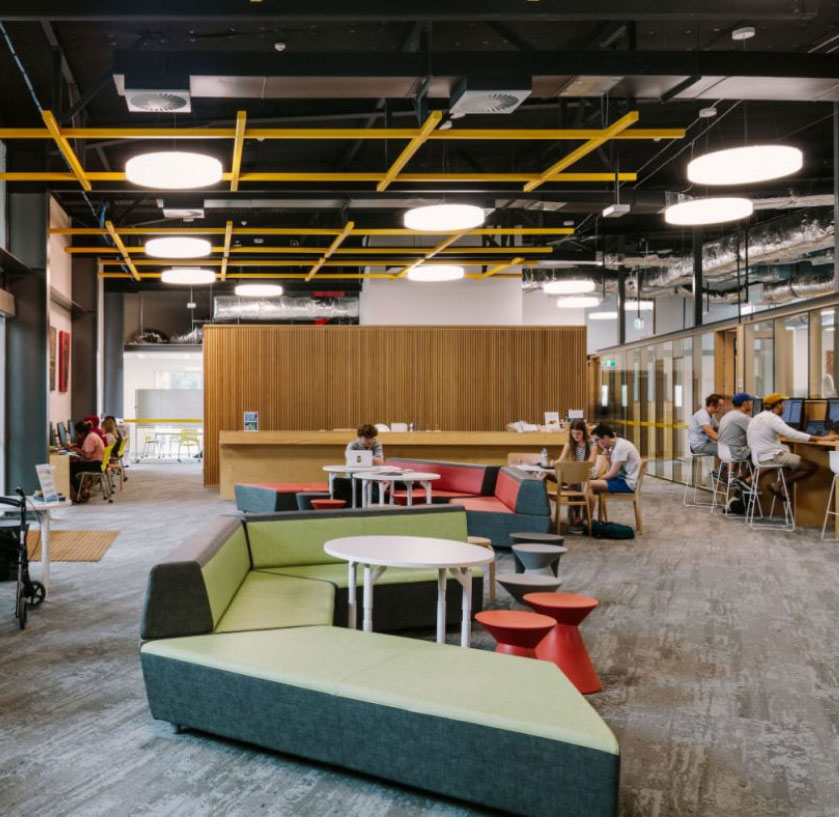June 20, 2023
Diversity and collaboration key to future success
The broadening of the Australian research system over the last 20 years is a national success story, leading to greater productivity and equality. Future policy reform should build upon the gains already made.
Over the last 20 years, Australia has seen a remarkable expansion of the university research which drives our innovation system. Although often unnoticed, this capability has grown right across the country and now provides a critical foundation for inclusive growth over the next 20 years.
It is no longer the case that the very best research only happens in a few universities. Despite the fact that research-intensive universities still attract two-thirds of all research funding, the strengthening of Australia’s research system over the last 20 years has without a doubt come from outside the Group of Eight (Go8) universities.
New analysis from the Innovative Research Universities (IRU) charts this growth in research output, quality and productivity since the early 2000s. The Go8’s share of the national research effort has moved from 66% of all outputs in 2006 to 56% in 2020. In some fields they are now minority performers.
To be clear, our research-intensive universities have also seen increases in research output and quality over this period, but the recent history of the Australian university system is the remarkable rise of the rest. And it is not just quantity over quality, with significant gains seen across a broader range of universities in the top tier of highly cited research. As the IRU paper shows, these gains have also been achieved simultaneously with significant increases in the rate of collaboration with industry and other end-users of university research.
This is a national success story unique to Australia. In Canada and the UK, their national research systems have maintained consistent levels of concentration among groups of research-intensive universities over the last 20 years. Australia has diversified and strengthened its whole system. As a consequence the Leiden Rankings data shows a signifcantly higher growth rate in quality research outputs in Australia as compared to the UK and Canada.
All of this has been achieved in spite of the funding system rather than by policy design. The review of the higher education system being led by Professor Mary O’Kane and the government’s commitment to a new Universities Accord, provide an important opportunity to build on our success and set the framework for the decades ahead. Sustained collaboration in research across Australia is how we will compete at scale; proposals for further concentration of research funding should be treated with great caution.
As we set priorities for Australian universities into the future, we should be conscious of the gains made across the country, but also take into account the rapidly changing global landscape. Total global investment in research and development (R&D) has tripled since the early 2000s and Australia needs a proactive and coordinated response. By leveraging our expanded and high-quality research system, we can better engage and compete at scale.
Future policy for research in Australia should incentivise collaboration rather than competition, with a focus on building networks and sovereign capabilities, wherever they exist in Australia. The National Collaborative Research Infrastructure Strategy (NCRIS) is another Australian success story that shows how to respond to national priorites and, at the same time, harness the research expertise across Australia. These collaborations are unquestionably world leading and offer a template for priority research investment.
Any policy reform must also balance top-down priority funding with the fostering of discovery research and new knowledge in an equitable way across universities. This will ensure that we have the foundations not just for the priorities of today, but also the challenges of tomorrow.
It is 20 years since the IRU was established by a group of forward-thinking young universities. Today, our members still share a commitment to broadening access to higher education for under-served communities and to research that delivers positive impacts for the nation. The IRU is committed to playing a constructive role in these important policy debates, bringing analysis and ideas to the table to ensure that Australia’s future is more equitable and more innovative than its past.
This article first appeared in the Higher Education section of The Australian, under the heading “The best research happens in many universities, not just a few”.







